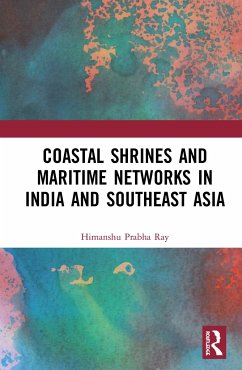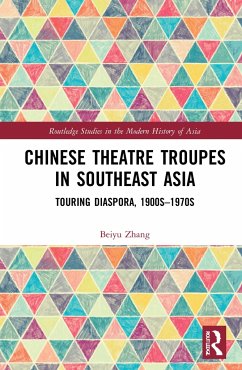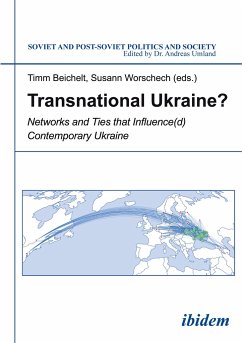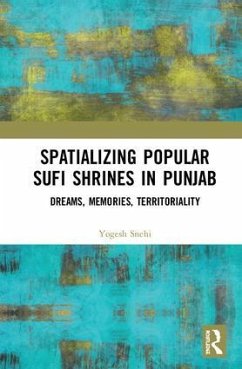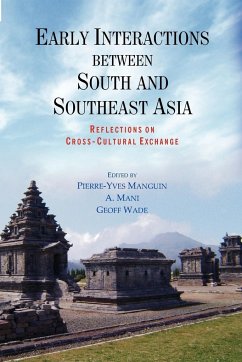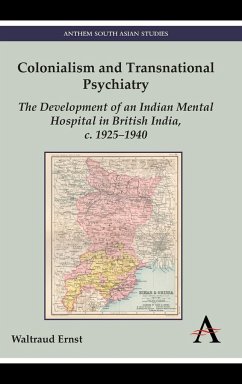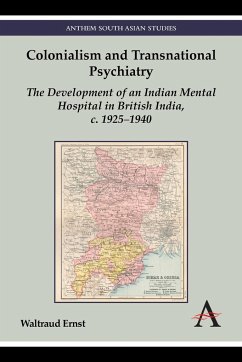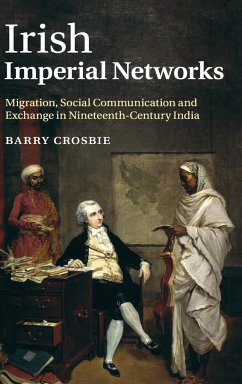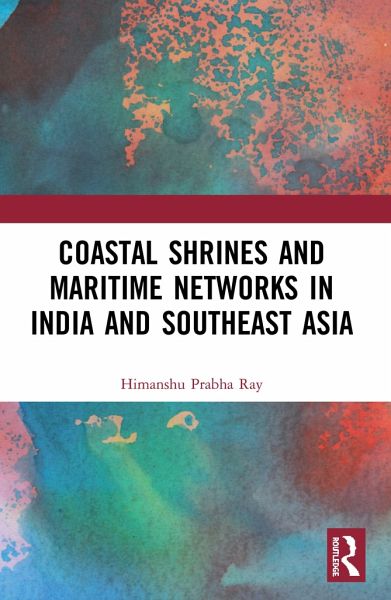
Coastal Shrines and Transnational Maritime Networks across India and Southeast Asia

PAYBACK Punkte
28 °P sammeln!
This book breaks new ground by examining trans-oceanic connectivity through the perspective of coastal shrines and maritime cultural landscapes across the Bay of Bengal and the South China Sea. It covers a period of expanding networks and cross-cultural encounters from the 3rd century BCE to the 13th century CE. The book examines the distinctiveness of these shrines, and highlights their interconnections, and their role in social integration in South and Southeast Asia. By drawing on data from shipwreck sites, the author elaborates on the material and religious intersections and transmissions ...
This book breaks new ground by examining trans-oceanic connectivity through the perspective of coastal shrines and maritime cultural landscapes across the Bay of Bengal and the South China Sea. It covers a period of expanding networks and cross-cultural encounters from the 3rd century BCE to the 13th century CE. The book examines the distinctiveness of these shrines, and highlights their interconnections, and their role in social integration in South and Southeast Asia. By drawing on data from shipwreck sites, the author elaborates on the material and religious intersections and transmissions between cultures across the seas. Many of these coastal shrines survived into the colonial period when they came to be admired for their aesthetic value as 'monuments'. As nation states of the region became independent, these shrines were often inscribed on UNESCO's World Heritage List on account of their Outstanding Universal Values. The book argues that in the 21st century there is a need to promote the cultural connectivity of the past as transnational heritage on UNESCO's global platform to preserve and protect our shared heritage. The volume will be essential reading for academics and researchers of archaeology, anthropology, museum and heritage studies, history of South and Southeast Asia, religious studies, cultural studies, and Asian studies.





